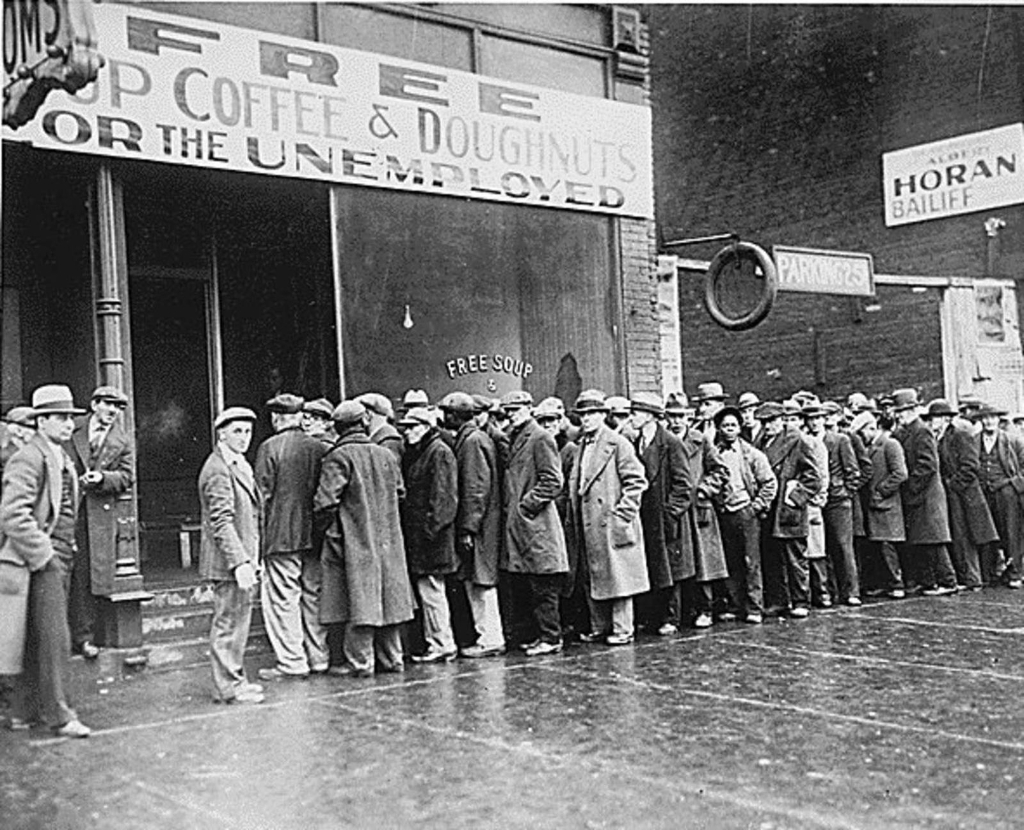
The year was 1933. The nation had been struggling for years with the effects of the Great Depression. Unemployment reached as high as 12 million people, equivalent to 25% of the eligible working population. People had lost their savings and livelihoods, bread lines were long and morale was low.
Adding to the economic woes, the United States was also facing severe ecological issues. Drought conditions, poor farming practices and indiscriminate timber harvesting were contributing to the erosion of the nation's soil. In addition, the chestnut blight, a fungus, felled the mighty American Chestnut tree, a key part of both the ecology and economy here in the Appalachian region.
Elected into office to bring some respite to the nation's problems, President Franklin Roosevelt set about to create a "New Deal," implementing work-relief programs to aid the economy and the environment but also to bring people a sense of hope and purpose.
The Civilian Conservation Corps, known as the CCC, was one of the most successful programs to come out of this era. Over the course of nine years, between 1933-1942, more than two million men (and a few women) were put to work helping to heal, and improve, our nation's public lands as well as give themselves a brighter future.
The proposed Shenandoah National Park was the very first National Park site to have a Civilian Conservation Corps camp. The men arrived here on May 15th, 1933 and set to work to help construct the camp. Then they tackled the project of building a National Park.
Touring the CCC Camp
As you walk through this site of CCC Camp NP-2, think of the "boys" of the CCC and the legacy that they left for us to enjoy today. The former site of each building is marked with a sign and outlined with metal stakes. Start from this spot and make your way down the "Company Street" past the office, mess hall and towards the five barracks. Then make your way back to the technical, recreation and education buildings.
If you are not there already, go to the Homepage, hit "Tours" then "Big Meadows CCC Camp" to follow the tour of the camp.
Is there something we missed for this itinerary?
Itineraries across USA


















































